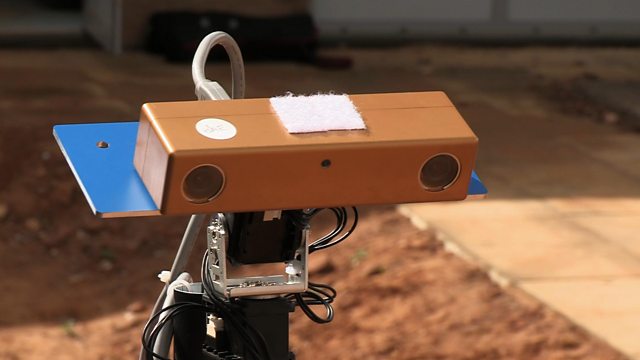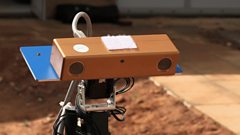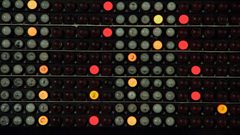
How computers enable unmanned exploration of new planets
The challenges of placing the Mars Rover, an unmanned robot, on a planet without maps and GPS are considered, with the use of video from the pioneering work being undertaken by the Rutherford Appleton Laboratory near Oxford, combined with interviews and narration. We are introduced to the design decisions when programming a robot to make choices, based on the inputs, and then apply logic to generate outputs, for example, to choose a route around hazards. An explanation of how sensor information is handled by using 'if, then and else’ logic in a sequence of instructions to make the robot navigate an unfamiliar environment. The success of the mission relies on fully testing the programme and the decisions the robot will make before it lands on Mars, to ensure that it is able to deal with all eventualities.
NB: The NASA Curiosity rover landed on Mars in August 2012.
Duration:
This clip is from
More clips from Megabits
-
![]()
How computers enable unmanned exploration of new planets
Duration: 05:34
-
![]()
How computer science equips medical research
Duration: 05:34
-
![]()
Understanding what makes your computer games console work
Duration: 05:58





